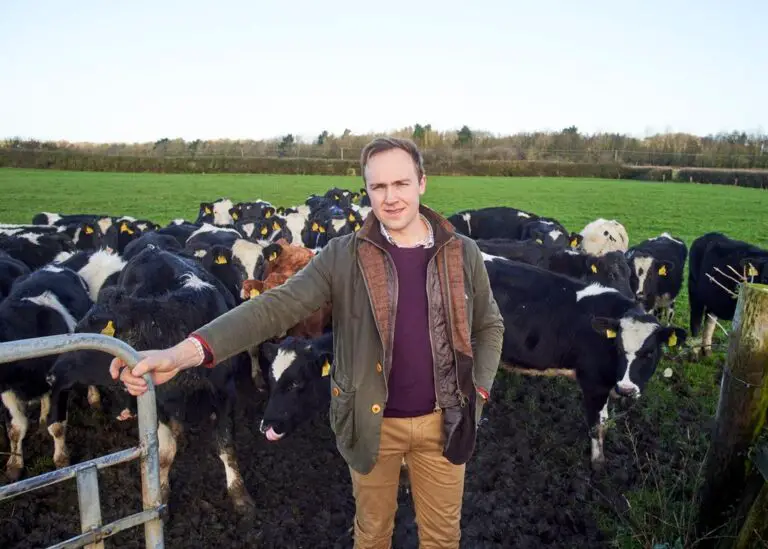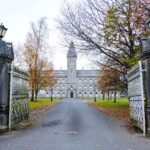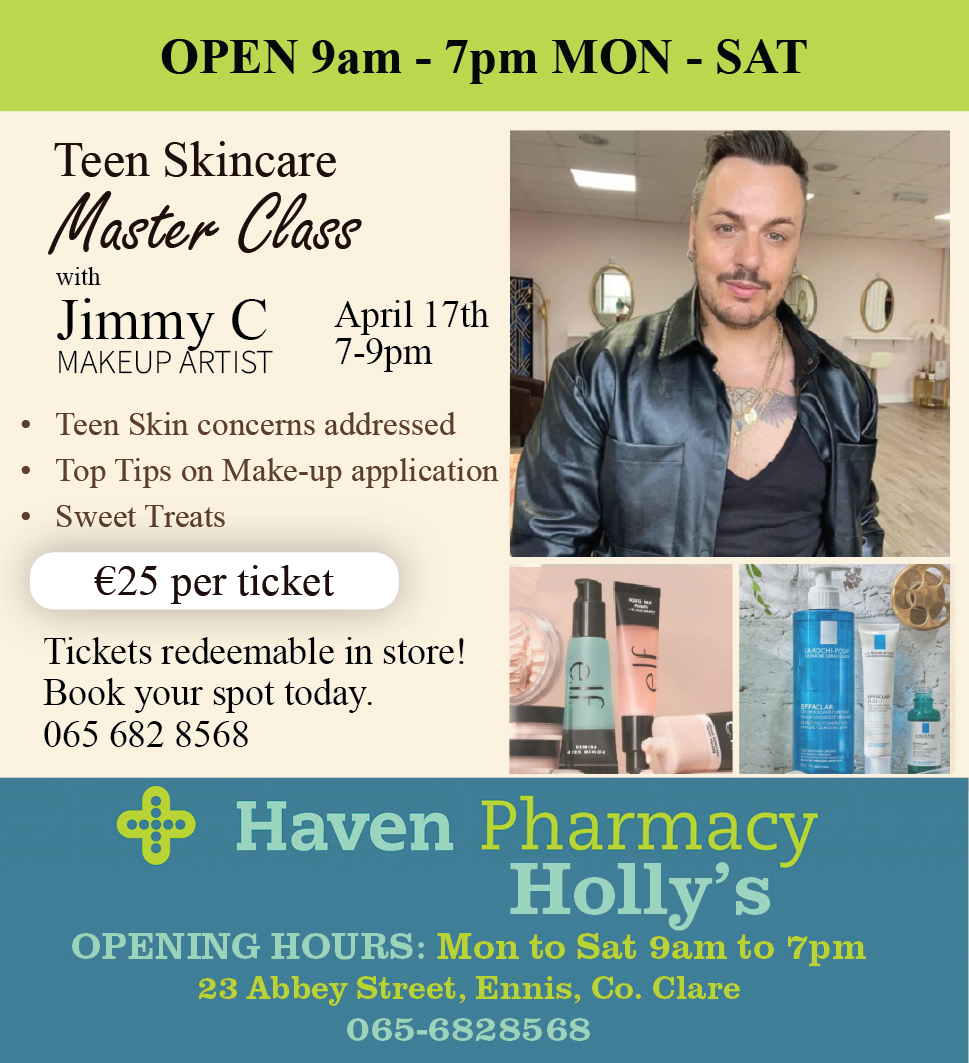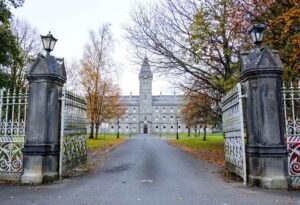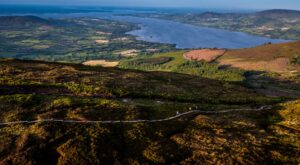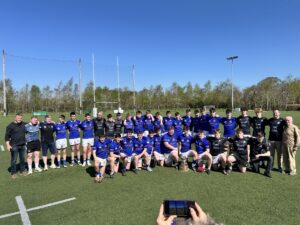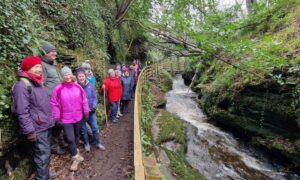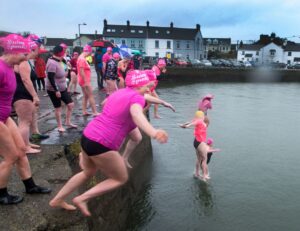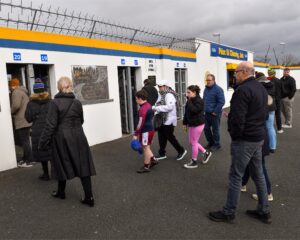Our off season is coming to an end in the next few days as we welcome the first of our new born calves for 2022.
Around the farm yard there is a palpable sense of anticipation for the arrival of spring. I often wonder in the depths of winter how we will muster the energy to take on the spring workload, however the beauty of spring calving is that as our workload increases so too does our daylight hours. This not only has a reinvigorating effect on nature but also on the human coming out of their winter hibernation.
Much of the year’s work occurs from late January to early June so a good start in February is essential. Labour is a scarce resource on most farms nowadays so preventing problems before they start is a key tactic to reducing labour, one of the main technologies used for this is vaccinating the herd against a myriad of maladies such as IBR, Leptospirosis etc. A sick cow or calf is the last thing a farmer wants to see especially so when his workload is all consuming so a few years ago we created a vaccination program for our herd.
Another area that we really try and focus on pre-calving is the body condition of our cows. It is crucial that our cows are not too fat or thin at calving as it will invariably have an adverse effect on the cow’s ability to deliver a calf without complication as well as her ability to subsequently go back in calf. We went for quality over quantity in last year’s silage harvest so throughout the winter we have added some roughage in the form of hay to reduce the calories going into the cows that we felt were a little bit on the fat side. The goal here is to have a cow calving down fit but not fat.
As cows calve we generally turn them out to grass full-time. The past winter has been an exceptional one for grass growth and hopefully a kind spring will allow us to utilise as much of this valuable feed as possible. Growing large quantities of grass and utilising a high percentage of it will be even more important this year with the inflation in input costs. On the positive side milk markets are on the up with evidence that milk output from the main dairy exporting countries is slowing. Rising input costs will have a disproportionate effect on dairy producers in countries like Germany and Holland where most of their milk is produced indoors thus requiring more inputs.
The main threat for 2022 is input costs and for our part all we can do is mitigate for it by making sure our dairy herd is as efficient as possible in terms of getting as many days at grass as possible along with continually questioning how we can streamline the business and make it more resilient. Challenges like these can be seen as a negative however I prefer to see them as an opportunity to sharpen the business and build further resilience into it for the long term. Equally there is a big opportunity in that milk price will be strong in tandem with strong cattle prices. We hope to maximise this by continuing to measure grass, allocate quality swards consistently to the herd and continue our reseeding program.

